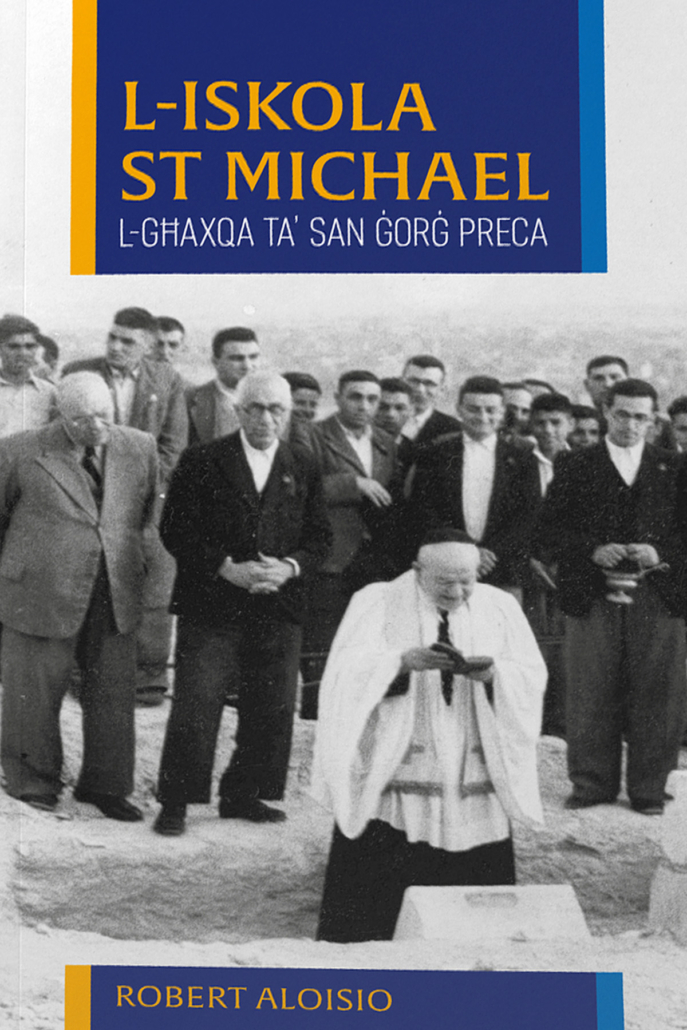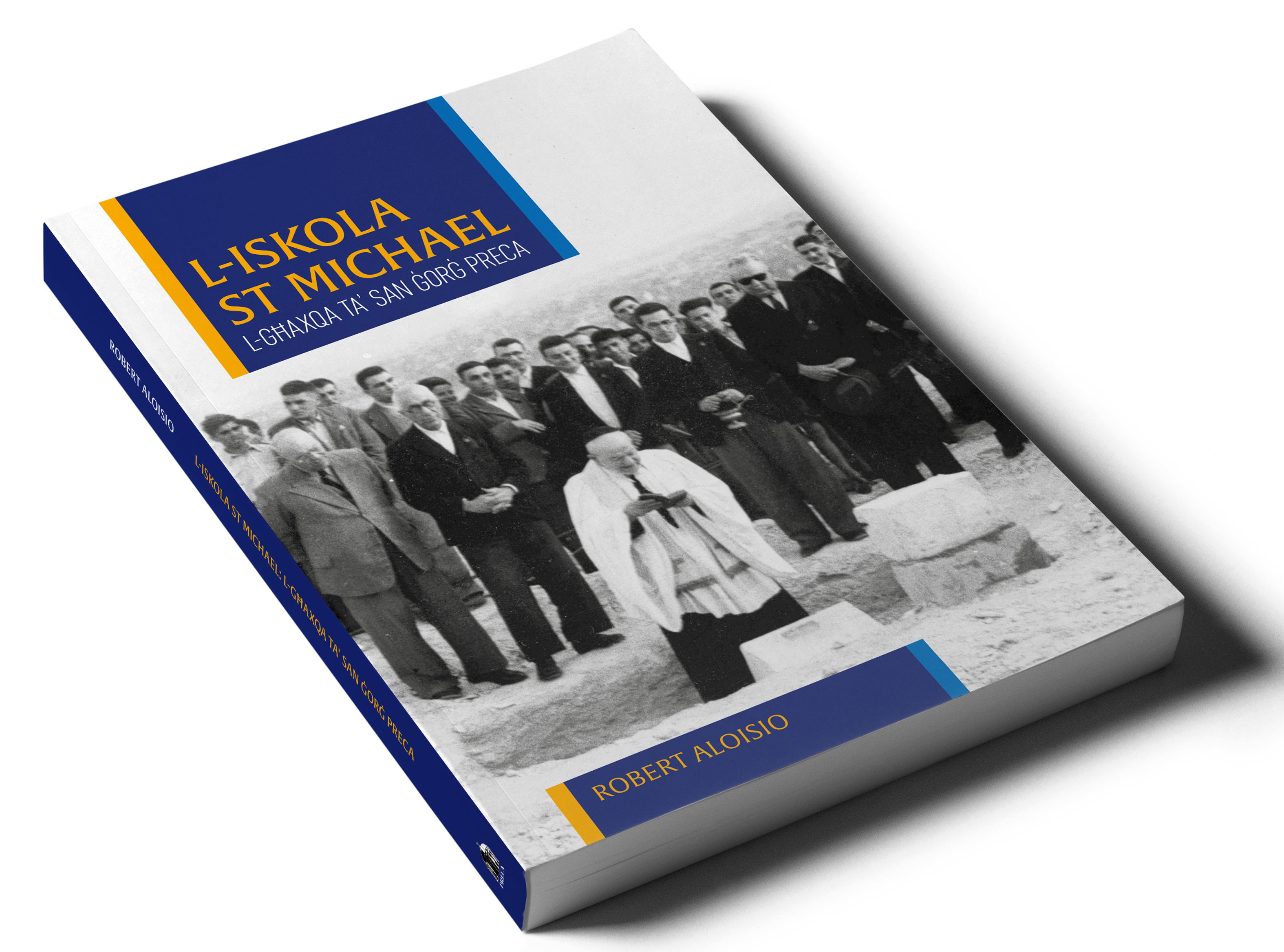St Michael School, run by the Society of Christian Doctrine (MUSEUM), celebrated its 75th anniversary in November 2021. For this occasion, Preca Publications published a book researched by the author titled L-Iskola St Michael – L-Għaxqa ta’ San Ġorġ Preca (St Michael School – The Pride and Joy of St George Preca). The book has a lot of new information, which should interest all those who care about education and the teachings of St George Preca.
‘My Pride and Joy’
By the end of World War II, Toni Agius (1907-1989), a MUSEUM member and engine fitter, had left his secure job at the shipyard to open a new school. He was joined by three other members of the MUSEUM, apprentices at the shipyard, and sacrificed everything to embark on this beautiful but challenging adventure.
Like the founder of the MUSEUM, Agius found people who did not understand him and others who had reasonable fears. But St George Preca blessed Agius and his new project. St George later called St Michael School “my pride and joy” and he always visited the school with great happiness, talked to the students and teachers and celebrated mass there.
‘Special school’
Agius used to call St Michael School a “special school” because he didn’t want the school to be just an ordinary school like all the others. There were already several schools and colleges in Malta at that time.
Agius had witnessed how many young people were seeing examples of bad conduct at the workplace and realised that schools were not doing enough in this respect. The generous and missionary spirit inspired by St George Preca as a member of the MUSEUM could not leave him indifferent to such difficulties.
Fruit of sacrifice
Archbishop Charles Scicluna personally sent a message to the author after seeing a copy of the book. He said: “As a young priest, I had the opportunity to celebrate the Holy Eucharist with the students of St Michael School. It was a wonderful experience to meet so many students and teachers in an educative environment enriched with strong Christian values.
“St Michael School is a monument to the dedication of the members of the Christian Doctrine Society but it is also the fruit of the sacrifices of many dedicated parents, families and lay people. Over time, I have seen the happy development of the school: from a modest environment to a more modern environment and adapted to today’s demands.
“I wish St Michael School to continue to serve our country in the field of education and instil in students and teachers the persuasion of the words that St George Preca loved to repeat: ‘Teaching is the source of all good.’”
Contribution to Maltese Society
In an introduction to the book, Raymond D’Amato, who has been head of school for more than 30 years, thanked the author “not only for the thorough research he has done to give us the history of our dear school but also for his commitment to giving us the vision, love and dedication of the work of the members of the staff of our school through all these years”.
He added: “I appreciate the school’s contribution to Maltese society, especially during difficult times. If you have been lucky enough to be a part of our school in the last 75 years, share with others what you have received. I wish St Michael School a bright future so that, in the words of St George Preca, it ‘rises with your blessing and brings out spiritual and temporal good, to all who enter it will be the object of your mercy’.”
Virtuous spirit
Agius and Superior Carmelo Callus wanted the school, like the SDC centres, to be a “forge in which sin burns”. It is no wonder that the school is named for the archangel St Michael, who cast the devil into hell according to the Holy Scriptures.
We pray to this saint to bless the staff and students of the past, present and future and their families to grow in virtue and, thus, live a genuinely humane life.
This book keeps Agius’s memories alive and write a historical account of the events that led to St Michael School’s establishment and the tremendous virtuous spirit that animated the first teachers.
It also helps us not to forget the origins, to keep the past in mind and help us visualise the school’s future.
A school is not a business meant to make profit but, instead, to serve as an extended family for children and adolescents where they should be educated in the values of goodness. This is what Agius and St George Preca desired.
May this book serve to rediscover the values that shaped our predecessors and, above all, their commitment to doing good to others and, by doing so, glorifying God.



